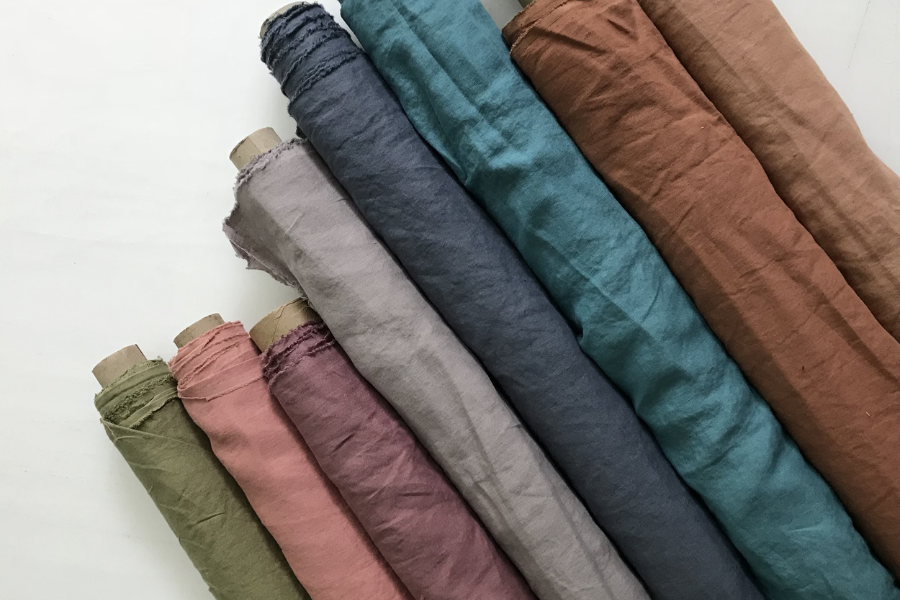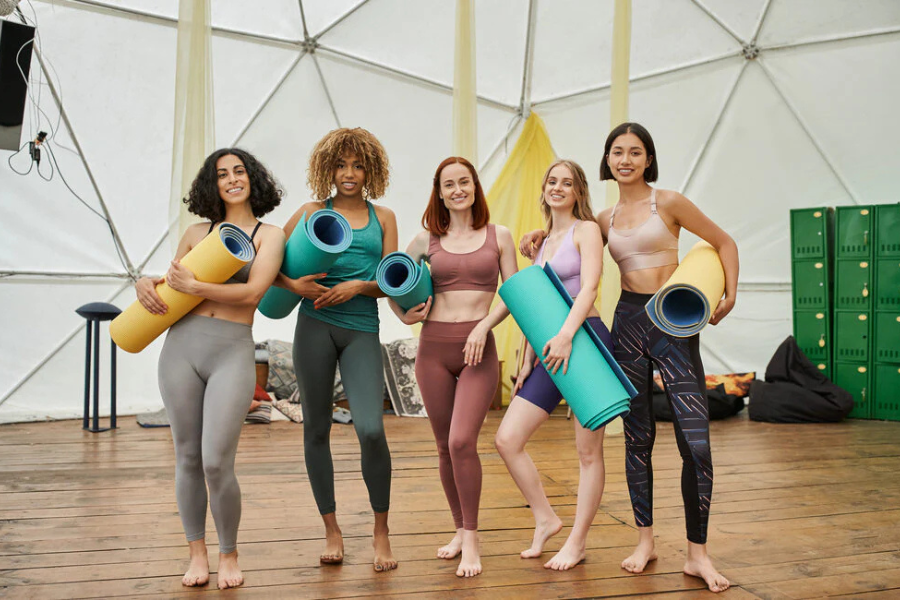The recognition that in the last couple of years, the yoga community has not accepted only mindfulness and wellness but has also avowed itself to sustainability. With conscious awareness about their earth footprints, the yogis demand more and more eco-friendly yoga attire. Enter plant-based fabrics--way too promising for a game changer in yoga. They are in the process of changing the paradigm in activewear, where comfort, performance, and sustainability are thought of, and that certainly will be very much out there in the future. Now, let's jump into why these plant-based fabrics hold center stage in the yogi world of fashion and how they are going to make the world greener
1. Why Plant-Based Fabrics?

Plant-based fabrics are derived from natural, renewable resources like bamboo, hemp, organic cotton, and Tencel (made from wood pulp). Unlike synthetic materials such as polyester and nylon, which are petroleum-based and contribute to microplastic pollution, plant-based fabrics are biodegradable and have a significantly lower environmental footprint.
Here’s why they’re a perfect fit for yoga wear:
Breathability and Comfort: They ensure that plant materials have a natural, breathable, moisture-wicking, and soft effect that is best for yoga.
Durability: What is incredibly strong and long-lasting material such as hemp and bamboo would lead one to replacement of materials less often.
Eco-Friendly: Biodegradable and compostable fabrics are often produced using sustainable farming practice.
Hypoallergenic: Many plant-based fabrics are safe for all types of skins for they do not inflict any risk of irritation during extremely intense workouts.
2 . Popular Plant-Based Fabrics in Yoga Wear
Bamboo, in fact, is the new age superstar when it comes to sustainable wear. It grows quite rapidly and does not need either pesticide or much water, making it one of the most eco-friendly, if not the extremely eco-friendly, options. Bamboo fabric is incredibly fantastic, being soft, antibacterial, and moisture-wicking at the same time, thus keeping you fresh and comfortable all through your practice.
Tencel" is derived from wood pulp, mostly eucalpt since these trees grow well and are sourced sustainably. Using them, the process is closed-loop because almost all water and also solvents are recycled. It is really silky, moisture-absorbent, and very much ideally suited for yoga where one wants agreat luxury along with performance.
3. The Environmental Benefits of Plant-Based Fabrics
Well, it is said that the importance of plant-based fabrics in yoga wear lies not just in comfort and functionality but in their contribution to making a positive impact on the planet. In what ways are these materials helping towards a more sustainable future?
Lower Carbon Footprint: The amount of energy required to manufacture plant-based fabrics is significantly lower than that required to manufacture synthetic materials.
Biodegradability: Plant-based fabrics can break down naturally whereas polyester can take anywhere from 20-200 years to decompose. This helps reduce textile waste in landfills.
Water Conservation: A good number of plant-based fibers such as hemp and bamboo consume much less water in farming as compared to conventional cotton.
Nontoxic Production: Plant-based fabrics are usually processed and harvested by less harmful chemicals whose effect is on the environment as well as on the worker's health.
4. Choosing Sustainable Yoga-House Wear

If the much-loved plant-based fabrics find a way into your yoga wardrobe, here are some pointers:
Read the Label: Certification from GOTS (Global Organic Textile Standard) or OEKO-TEX helps ensure that the fabric is indeed sustainable.
Take a Good Look at the Brand: Support those brands that are committed to transparency and ethical and environment-friendly practices.
Select Multi-Use Pieces: Any piece of clothing that can be used for yoga or normal everyday activities cuts down the need for more clothing.
Care for Your Clothes: Wash yoga wear in cold water, air dry, and avoid using strong detergents to increase the life of yoga wear.
5. The Future of Yoga Wear

With the surge of demand for sustainable fashion, plant-based fabrics are bound to become widely accepted in yoga wear. A slew of innovations in bio-fabrics, including mushroom leather and algae fabrics, will be prepared even by the most eco-friendly yogis.
Plant-based offerings of yoga wear thus ensure you high-quality, comfort clothing that contributes positively to the health of Mother Earth. Sustainability is gradually embraced by the yoga community, where plant-based fabrics will play crucial roles in determining the future of activewear.
Post time: Feb-21-2025






